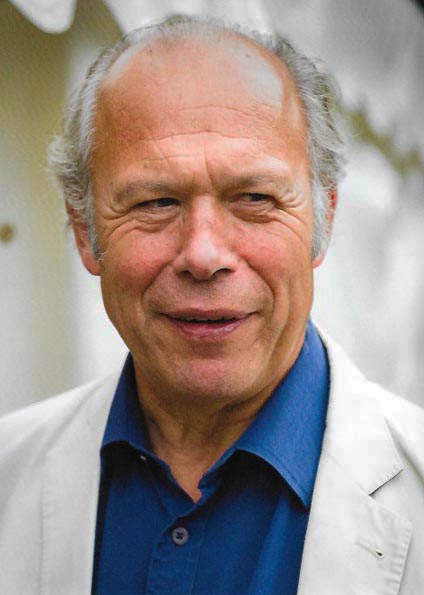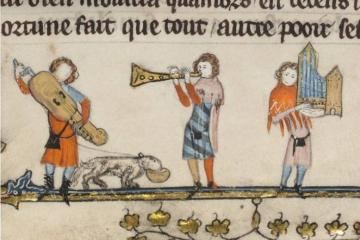Join us for three lectures, refreshments before the first lecture and an Italian Themed lunch with wine after lecture two
A day in which we take a close look at this subject with three lectures:
For three hundred years Venice was the most powerful city-state in the Mediterranean, and much of its wealth was put towards ornamenting itself with works of art. Paintings were frescoed onto the ceilings of churches and the facades of palaces along the Grand Canal; canvases were set into gilded altarpieces and the ornate walls of Council Chambers. Art was the outward proof of status, the symbol of the city’s prestige and influence. These golden years of Venice’s history were to produce the works of Titian, Tintoretto and Veronese.
Then, when the Republic collapsed and the city fell into decay, it became a treasure house for the artistic imagination. Painters from all over Europe came to Venice to paint its quiet back waters, its crumbling plasterwork, shadowed doorways and sunlit reflections, and the city was reborn as a romantic vision.
This Study Day look into the artists who have lived and worked in Venice, their styles, their techniques and how each added his own unique contribution to the artistic legend of the city.
The first: “The Origins of Venetian art”
looks at the dawn of the Venetian style from the gemlike paintings of Carpaccio to the serene altarpieces of the Bellini. From their studio emerged the enigmatic Giorgione, the most poetic of Venetian artists, and then Titian, whose powerful brushwork and vivid imagination had a profound influence on generations of artists after him.
The second: “The Golden Age” looks at the high years of Venetian art when Titian’s works were commissioned by every patron in Europe, from the Pope to the Holy Roman Emperor. How his style was then turned and reformed by Tintoretto into turbulent flights of fantasy, the paintings he made for the Scuola Grande di San Rocco flickering with an eerie light. And how the last glories of the republic glow in the ceiling paintings of Tiepolo and the crystal clear cityscapes of Canaletto.
The last: “Poets, painters & private lives” looks at the years of decline when the faded beauty of the city was rediscovered by Turner who painted it lost in shimmering light, by James Whistler, Bonnington and John Singer Sargent, by Henry James who set stories of delicate melancholy in Venice, and by John Ruskin who measured every building of the city and published his report in the “Stones of Venice”, one of the most influential books of the 19th century.
'Grand Canal' by Salute
Picture Credit: Wiki Gallery
How to book this event:
Please join us for what will be a spectacular day of lectures and food.
Join us in the hall for £45 or on Zoom for £20
https://www.tickettailor.com/events/theartssocietykingtonlangley1/1721278
We look forward to you sharing these lectures with us.
THE ARTS SOCIETY ACCREDITED LECTURER

Mr Douglas Skeggs
Douglas read Fine Art at Magdalene College Cambridge and has been a lecturer on paintings since 1980. In that time he has given over 8000 lectures to universities, colleges and art societies. He was the director of The New Academy of Art Studies for three years and is presently a regular lecturer at The Study Center, Christie's course 'The History of Art Studies' and other London courses. Among his more improbable venues for lectures are the bar on the QE2, MI5 headquarters, the Captain's Room at Lloyds, and an aircraft hanger in a German NATO base. Overseas he has lectured in Belgium, France, Germany and Spain, and has taken numerous tours around Europe.
He has written and presented various TV documentaries, notably the Omnibus programme on Whistler and the exhibition video on William Morris. Three one-man exhibitions of his paintings have been held in England and Switzerland. He has published five novels, which have been translated into 8 foreign languages, and his book on Monet, River of Light, has sold 30,000 copies in England, America and France.
OTHER EVENTS
Christmas lecture followed by mince pies and mulled wine




